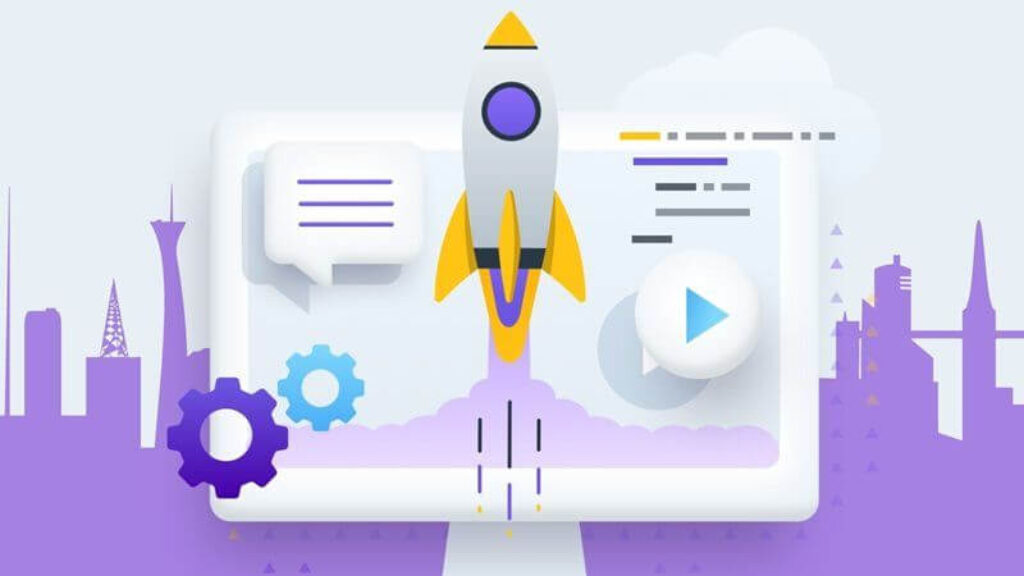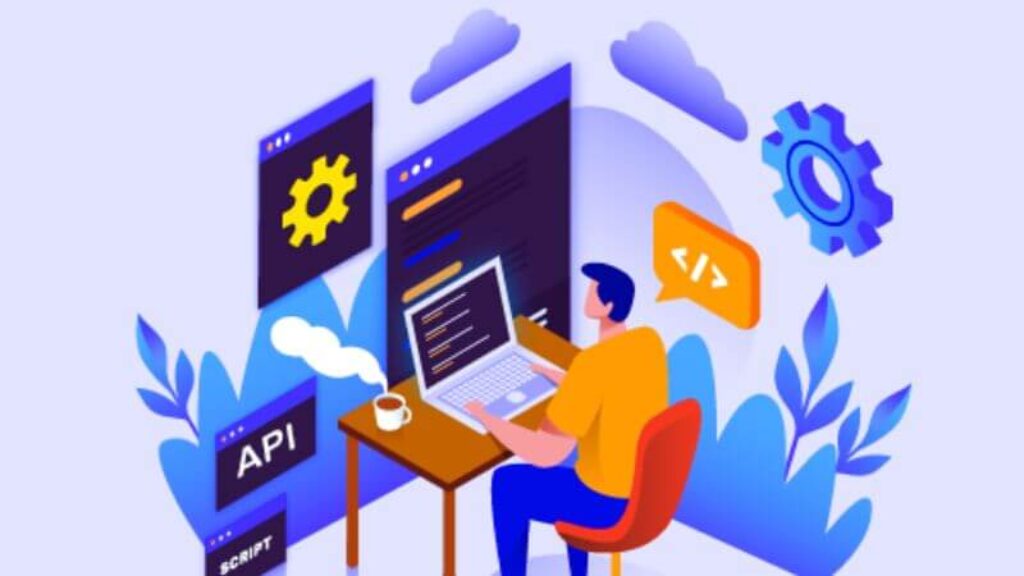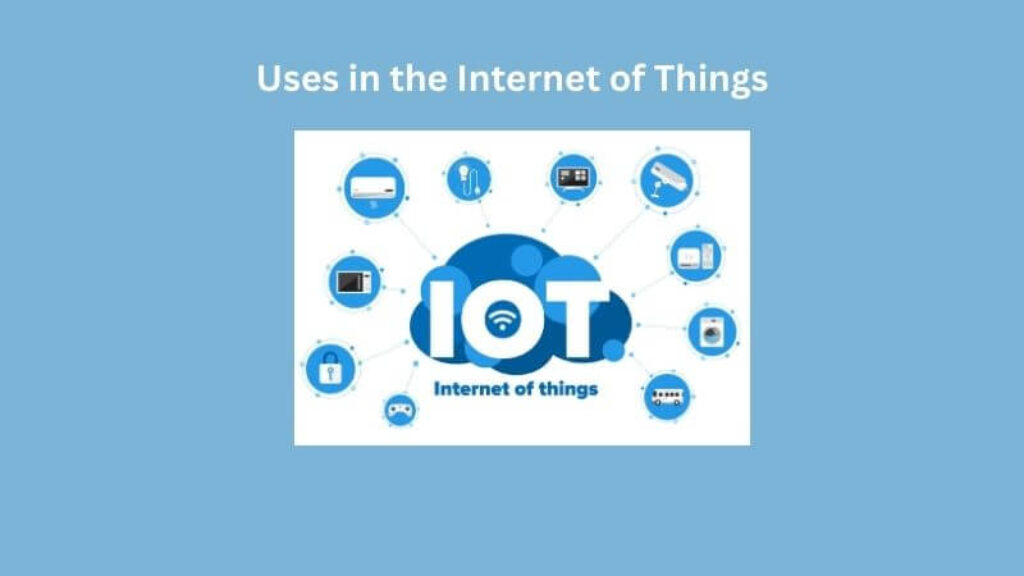The digital world moves crazy fast these days. Customers want things done fast, and businesses have to be on their A-game to survive. It’s no wonder that 90% of developers are using APIs to build mobile apps and automated tasks. APIs help them create better products way quicker and better. Therefore 56% of developers straight up admit they need APIs to create better products.
After the pandemic hit, digital marketing just exploded. Businesses realized they had to get innovative, get online, and give their customers a slick, secure experience if they wanted to stay afloat in such a crowded market—no more playing by the old rules.
Whether you’re looking to level up your dev skills, automate processes left and right, or just blow your competitors out of the water, paying attention to these API trends could be an absolute game-changer.
So, let’s check out.
1. Launch API as a Product

If you’re a developer, you can develop a useful API that has decent demand and competition in the market, And, launch it as a full-fledged product with your roadmaps, marketing, and revenue models.
So many companies who have different products are also launching their product API and monetizing it, it also allows them to target different customers and open new revenue streams. They do it by exposing valuable data/functionality and selling access to third-party developers.
A prime example of this is the Stripe API, which allows businesses to integrate payment processing into their apps/websites.
Stripe has transformed its API into a core product, with comprehensive documentation, SDKs for multiple languages, and pricing plans based on usage volume. This product-minded approach has helped Stripe’s API become a ubiquitous payment solution powering countless online businesses.
2. The Rise of Price Intelligence API
Data-driven pricing optimization becomes increasingly important in today’s brutally competitive, fast-paced business environment.
One of the largest e-commerce companies, according to a McKinsey analysis, actively responds to price adjustments from competitors in just a matter of hours or even minutes and optimizes prices on the most popular goods up to 12 times a day.
Apart from e-commerce, price intelligence is highly pervasive in the airline industry. To make their prices more customer-centric and sell the maximum seats in the tough competitive environment. Airlines leverage flight price API that gives them insight into the competitor’s pricing.
As digitalization is evolving, many other sectors like hotels, ride-sharing apps, software, and more are also adopting pricing intelligence to offer value that aligns with the current market dynamics, and consumer expectations and leads to increased sales.
3. Artificial Intelligence and Machine Learning APIs

Building AI and ML models from scratch is time-consuming and super costly. Not every business and developer can afford that.
But, thanks to the APIs which makes AI and ML programs accessible to everyone at affordable cost. It opens doors for innovations and better product development.
With few lines of code, developers can integrate AI and pre-train ML models in their innovative apps and software.
Take the example of Google Could API, it offers different types of AI, ML, Text and Speech, Image and Video, and Language API to businesses to integrate into their products.
These APIs are super efficient at what they do, and apart from Google, many other companies of all sizes also offer their AI and ML API services.
As a developer, you can either be their customer to create a better product or create such an API and monetize it.
4. Non-Techie API Demand Is Surging
The consumption of APIs is not limited to developers. Many marketers and entrepreneurs look for non-technical API solutions to gather and manage data, automate, and many other tasks to enhance their marketing operations and decision-making ability.
A prime example of a company that provides this facility is Zapier with its no code and low code platform. It helps entrepreneurs, marketers, and business professionals to automate their workflows. It supports 6000+ app integrations and takes less than 4 hours for interaction.
To scale business to a new height and ignite productivity, many non-techies are already swearing by these types of APIs. If you have a business in the API space, it is time to serve the non-techie audience, they are waiting for you. Trust Us!
5. The Rise of Chat Bot APIs

Chatbots are taking the marketing industry by storm. Surprisingly a study done by comm100, that the customer satisfaction rate of a chatbot is higher than a human. Yes, chatbots have a 90% satisfaction rate. The reasons are pretty obvious, the chatbot replies faster than humans, it is available 24/7, and an AI-powered chatbot won’t judge you on your silly questions.
These chatbots are integrated with or without API. But, chatbots with APIs provide a better and seamless experience to the customers. It can be used in all kinds of businesses, applications, and websites for providing customer care service, surveys, marketing, and sales.
6. API Management
The rapidly increasing utilization of APIs puts stress on companies to manage them. To solve this issue, here comes the API management solution.
It ensures the seamless orchestration, monitoring, and security of application programming interfaces (APIs) across scalable environments.
Because of the increasing complexity and proliferation of APIs, especially in cloud-native, multi-cloud, and on-premises integration, effective API management has become indispensable.
Also, check- The Best Productivity Apps for Your Smartphone
These solutions are meeting the evolving needs of developers and applications throughout their lifecycle and translating API services into tangible business revenue streams.
7. The Rise of Open Source API

Open-source APIs are a boon for the developers. These APIs are generally free and publicly available for access by anyone.
Anyone can make and share the source code of these APIs to the API marketplaces such as Rapid API.
A few APIs also allow developers to modify, they can change the codes and use them for their work. These APIs are an amazing option for colleague students, developers, and companies who want to save on software development costs.
Numerous API platforms are available where you can easily sign up, develop, and distribute your APIs to a wider audience.
8. Use of API Analytics
API analytics is transforming the way businesses leverage the power of their digital interfaces. This advanced analysis not only facilitates API monitoring but also monitors how APIs are utilized, their performance, and their broader impact on business strategies.
By using API analytics data organizations can uncover user behavior patterns, identify popular features, and pinpoint areas that require improvement. This data helps companies optimize their API designs, enhance user experiences, and make wise decisions that align with the results they want to achieve.
Moreover, API analytics can also help in detecting potential drawbacks and security vulnerabilities to increase the efficiency, security, and scalability of APIs.
The increasing reliance of businesses on APIs for their digital ecosystem. it plays a critical role in promoting creativity, enhancing consumer satisfaction, and boosting business growth.
Businesses may use API analytics to get a thorough picture of how their APIs are being used. This understanding enables them to make data-driven choices that enhance functionality, accelerate procedures, and ultimately provide customers with better experiences.
9. Increase Demand for API Security

In the past decade, reliance on APIs has increased. So do the risks associated with their vulnerabilities.
Cybercriminals are progressively concentrating on APIs to breach sensitive data and obtain unauthorized access.
To solve this threat, businesses are rapidly adopting advanced API security measures. They appreciate the importance of going beyond standard perimeter defenses to include real-time monitoring and ongoing protection.
Organizations can receive visibility into API operations and potential vulnerabilities, allowing them to identify and manage questionable behaviors before they become full-blown breaches. If you own a business and want to use APIs, you must protect your data using API security solutions. As a developer, you should try to create API security solutions or APIs that are hard to get unauthorized access. This is not just a trend but a need for current API users.
10. Serverless Archtecture
This serverless architecture abstracts server management and infrastructure decisions and allows developers to do more focus on coding and innovation.
Using this, organizations can automatically scale their applications in response to real-time demand without the need to provision or manage servers.
Serverless architectures facilitate a pay-as-you-go model, where costs are directly tied to actual usage which eliminates the overhead associated with idle resources.
Furthermore, the serverless approach enhances agility and enables developers to update and deploy new features swiftly without worrying about the underlying infrastructure.
But before utilizing the serverless API architecture developers and organizations also need to understand its implications for security and best practices. So, that your applications remain secure and scalable.
11. Uses in the Internet of Things

The Internet of Things is in demand. And, it can’t work at its best without the APIs.
API powers IOT devices to work faster, and efficiently. They facilitate their communication with the internet and open thresholds of vast business opportunities and use cases for consumers.
This is why the use of APIs in IOT devices has become indispensable for enhancing productivity, improving operational efficiency, and fostering innovation across various sectors including personal devices, industrial applications, and smart infrastructure.
Rather than just connectivity, companies also leverage APIs to make smarter decisions with data, automate processes, and create new services. So, if you’re working on an IOT device, use APIs to make it highly desirable.
Conclusion:
Developers, entrepreneurs, and companies all have a lot of potential for growth and innovation with the growing prevalence of APIs.
You can attain an advantage in the marketplace, improve consumer experiences, and speed up procedures by implementing these API trends.
The possibilities are limitless, ranging from serverless architectures to API analytics and AI/ML integration.
To stay ahead of the curve, follow the API trends that suit you best. Then, harness API power to take your business to new dimensions.
Those who understand and capitalize on APIs’ revolutionary power to reshape industries and mold the digital landscape will be the ones in the future.











